A female hair transplant patient recounts her experience at Bernstein Medical.
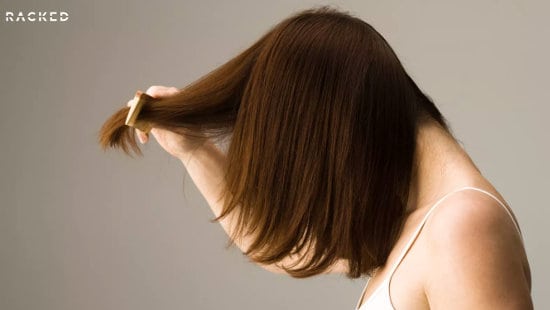
Like many women, Alden Wicker felt self-conscious about her naturally high hairline and burdened with the high-maintenance of trying to keep her bangs perfectly positioned to cover her forehead. Alden discovered an article on Dr. Robert M. Bernstein, founder of Bernstein Medical – Center for Hair Restoration and pioneer of Follicular Unit Transplantation, and decided to see if he could fix her hairline. In an article she contributed to Racked, an online magazine published by Vox Media, Ms. Wicker describes her experience with Bernstein Medical and how thrilled she is will the results of her hair transplant.
Since the age of 13, Alden wanted full, voluminous hair and a lower hairline. After 16 years of covering her forehead with bangs, she started researching how to fix her naturally high hairline. In the course of her research, she stumbled on a 2009 article in the New York Times that featured Dr. Bernstein’s work in treating women with receding hairlines. She decided to come to his NY office for a consultation.
After Dr. Bernstein explained that she was a good candidate for a hair transplant, Alden scheduled her procedure for a cold Friday in January. Alden describes the entire procedure, including how Dr. Bernstein removed the strip and made sure the aesthetic plan was followed to a “T”.
She speaks about her post-op recovery and positive lifestyle changes that resulted from her procedure:
“By Tuesday, I was easily able to cover my forehead with my bangs and use BB cream to cover the yellowish cast to my forehead, the last remnants of the swelling and bruising.”
“When I went in for a trim before Memorial Day weekend and showed my hairdresser the new hairline, he was thrilled and started plotting with me to grow out my bangs.”
Alden even recollects how the transformation affected her self-esteem on a very important day, her wedding day. She says, “My new hairline had grown in enough to let my hairdresser pull the new hair back on the sides into a loose half-up style.”
Her bottom line:
“I bought myself aesthetic freedom, a carefree attitude, more minutes in my day that I could focus on living instead of ironing my hair and cringing at photos. And in that sense, it was totally worth it. My only regret is that I didn’t do this earlier.”
The article is titled, “I Hated My Hairline, So I Got a New One.”
Posted by


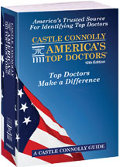 The 12th edition of Castle Connolly’s America’s Top Doctors includes Dr. Bernstein for his work in
The 12th edition of Castle Connolly’s America’s Top Doctors includes Dr. Bernstein for his work in 
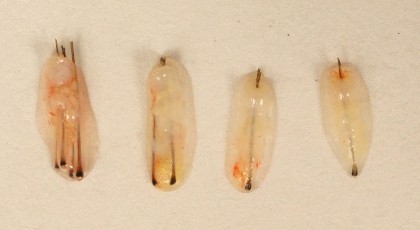
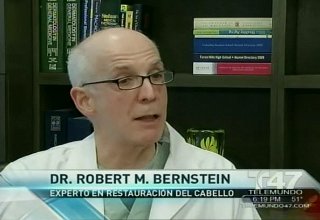
 CBS News’ The Early Show has picked up the “balding buzz” that first started to grow when the National Enquirer reported that New England Patriots star quarterback Tom Brady is seeking advice on how to treat his hair loss.
CBS News’ The Early Show has picked up the “balding buzz” that first started to grow when the National Enquirer reported that New England Patriots star quarterback Tom Brady is seeking advice on how to treat his hair loss. New York, NY — Robert M. Bernstein, M.D., F.A.A.D., world-renowned pioneer of the hair transplant techniques,
New York, NY — Robert M. Bernstein, M.D., F.A.A.D., world-renowned pioneer of the hair transplant techniques,  The American consumer’s best source for finding top medical specialists — Castle Connolly’s America’s Top Doctors — recently published its 8th Edition. Dr. Bernstein is included for his work in hair restoration and hair transplants.
The American consumer’s best source for finding top medical specialists — Castle Connolly’s America’s Top Doctors — recently published its 8th Edition. Dr. Bernstein is included for his work in hair restoration and hair transplants. Eyebrow transplant procedures are growing in popularity. More women are realizing how much damage they can cause to their appearance by overplucking, shaping, and over-styling their eyebrows. Today, the New York Times reports on the trend of repairing eyebrows with hair transplant techniques and the use of camouflage products to cover up eyebrows that have been “tamed into oblivion.”
Eyebrow transplant procedures are growing in popularity. More women are realizing how much damage they can cause to their appearance by overplucking, shaping, and over-styling their eyebrows. Today, the New York Times reports on the trend of repairing eyebrows with hair transplant techniques and the use of camouflage products to cover up eyebrows that have been “tamed into oblivion.”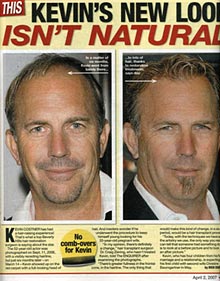

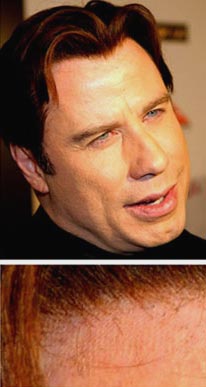
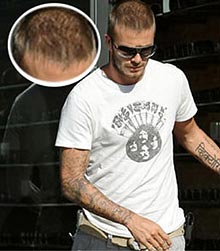
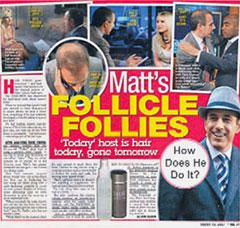
 Dr. Bernstein has been selected to be in the New York Magazine‘s “Best Doctors” issue for 2009.
Dr. Bernstein has been selected to be in the New York Magazine‘s “Best Doctors” issue for 2009. 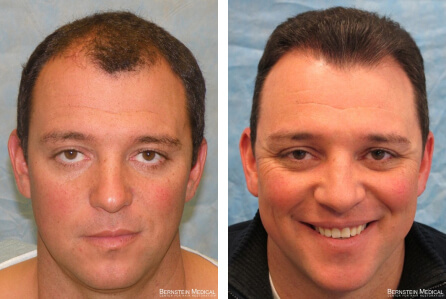

 Robert M. Bernstein, MD has been selected as one of New York Magazine’s “Best Doctors” for the eighth year in a row.
Robert M. Bernstein, MD has been selected as one of New York Magazine’s “Best Doctors” for the eighth year in a row. The Trustees of Columbia University have named Dr. Bernstein, hair transplant pioneer, the Clinical Professor of Dermatology. This promotion was based on Dr. Bernstein’s teaching, lectures, research, original scientific papers, and outstanding patient care.
The Trustees of Columbia University have named Dr. Bernstein, hair transplant pioneer, the Clinical Professor of Dermatology. This promotion was based on Dr. Bernstein’s teaching, lectures, research, original scientific papers, and outstanding patient care.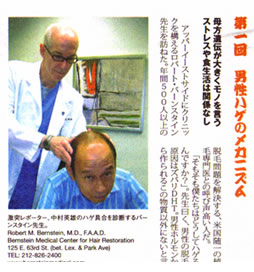
 Robert M. Bernstein, MD has been selected as one of New York Magazine’s “Best Doctors” for the seventh year in a row.
Robert M. Bernstein, MD has been selected as one of New York Magazine’s “Best Doctors” for the seventh year in a row. Hair transplant surgeon Robert M. Bernstein M.D. was recently interviewed on the National Public Radio program The People’s Pharmacy. Invited to speak about hair loss, Dr. Bernstein offered insights about the causes of hereditary baldness and it’s solutions, including hair transplantation.
Hair transplant surgeon Robert M. Bernstein M.D. was recently interviewed on the National Public Radio program The People’s Pharmacy. Invited to speak about hair loss, Dr. Bernstein offered insights about the causes of hereditary baldness and it’s solutions, including hair transplantation. The Discovery Channel interviews Dr. Bernstein for a piece on
The Discovery Channel interviews Dr. Bernstein for a piece on 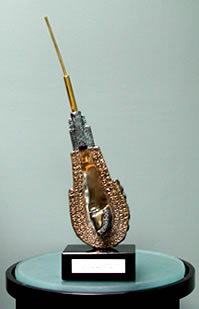 The
The  Dr. Bernstein received the 2001 HairSite.com award for excellence in hair transplantation. Here is the statement they made in giving Dr. Bernstein the annual award:
Dr. Bernstein received the 2001 HairSite.com award for excellence in hair transplantation. Here is the statement they made in giving Dr. Bernstein the annual award: “We felt it was necessary to clearly define follicular unit hair transplantation and mini-micrografting cut to size,” explained Dr. Bernstein, Assistant Clinical Professor of Dermatology, College of Physicians and Surgeons, Columbia University, New York. “
“We felt it was necessary to clearly define follicular unit hair transplantation and mini-micrografting cut to size,” explained Dr. Bernstein, Assistant Clinical Professor of Dermatology, College of Physicians and Surgeons, Columbia University, New York. “



